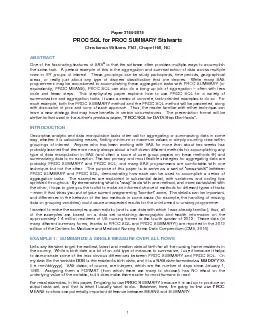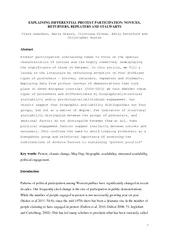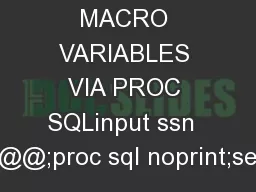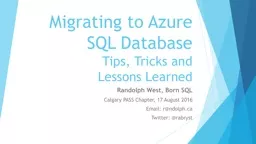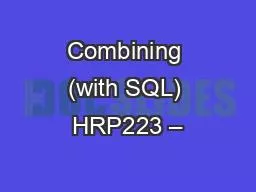PDF-PROC SQL for PROC SUMMARY Stalwarts
Author : briana-ranney | Published Date : 2015-10-31
1 Paper 3154 2015 Christianna Williams PhD Chapel Hill NC ABSTRACT One of the fascinating features of SAS
Presentation Embed Code
Download Presentation
Download Presentation The PPT/PDF document "PROC SQL for PROC SUMMARY Stalwarts" is the property of its rightful owner. Permission is granted to download and print the materials on this website for personal, non-commercial use only, and to display it on your personal computer provided you do not modify the materials and that you retain all copyright notices contained in the materials. By downloading content from our website, you accept the terms of this agreement.
PROC SQL for PROC SUMMARY Stalwarts: Transcript
Download Rules Of Document
"PROC SQL for PROC SUMMARY Stalwarts"The content belongs to its owner. You may download and print it for personal use, without modification, and keep all copyright notices. By downloading, you agree to these terms.
Related Documents

